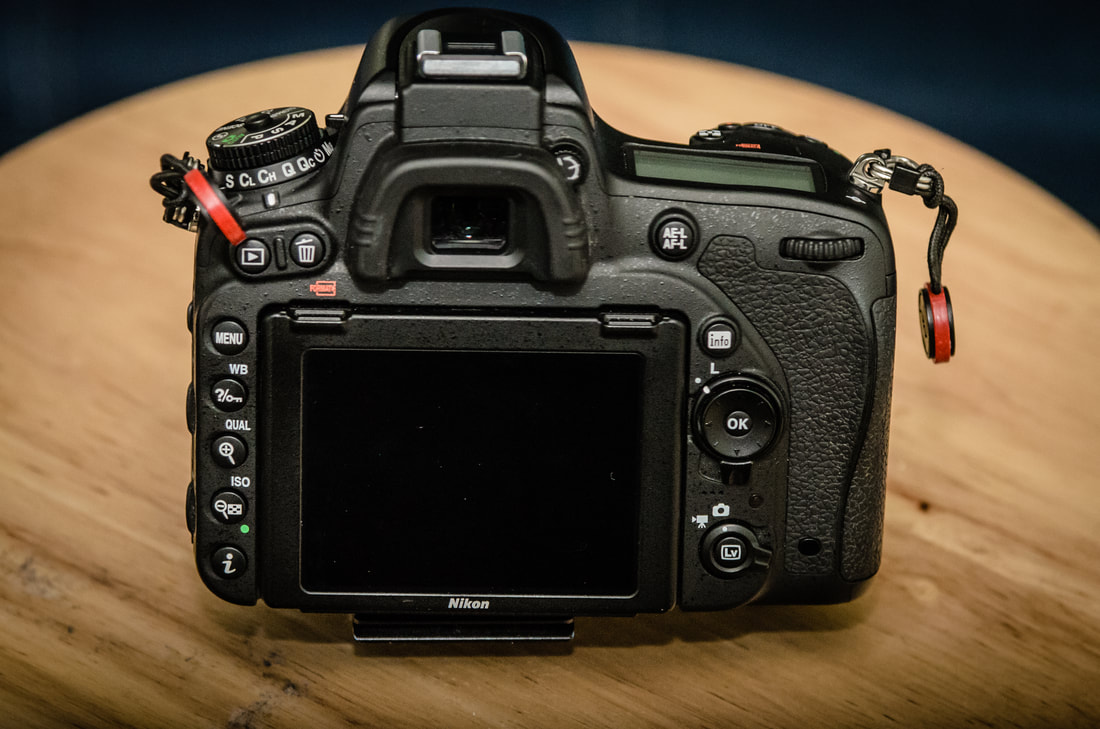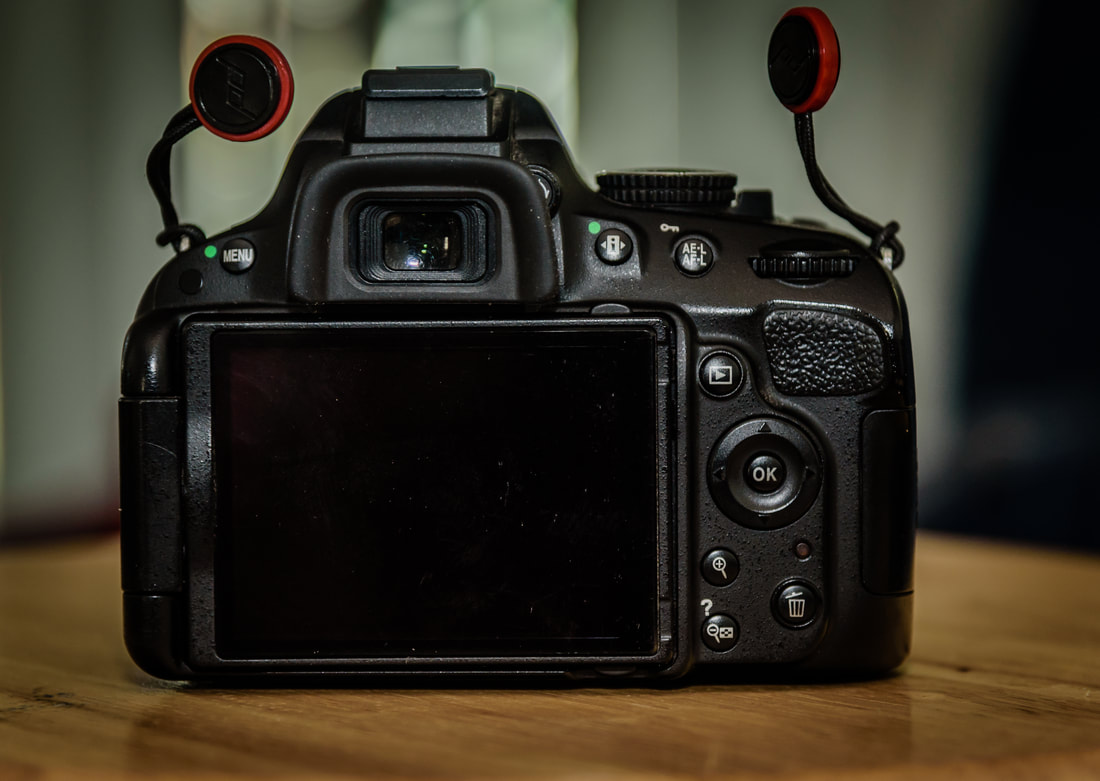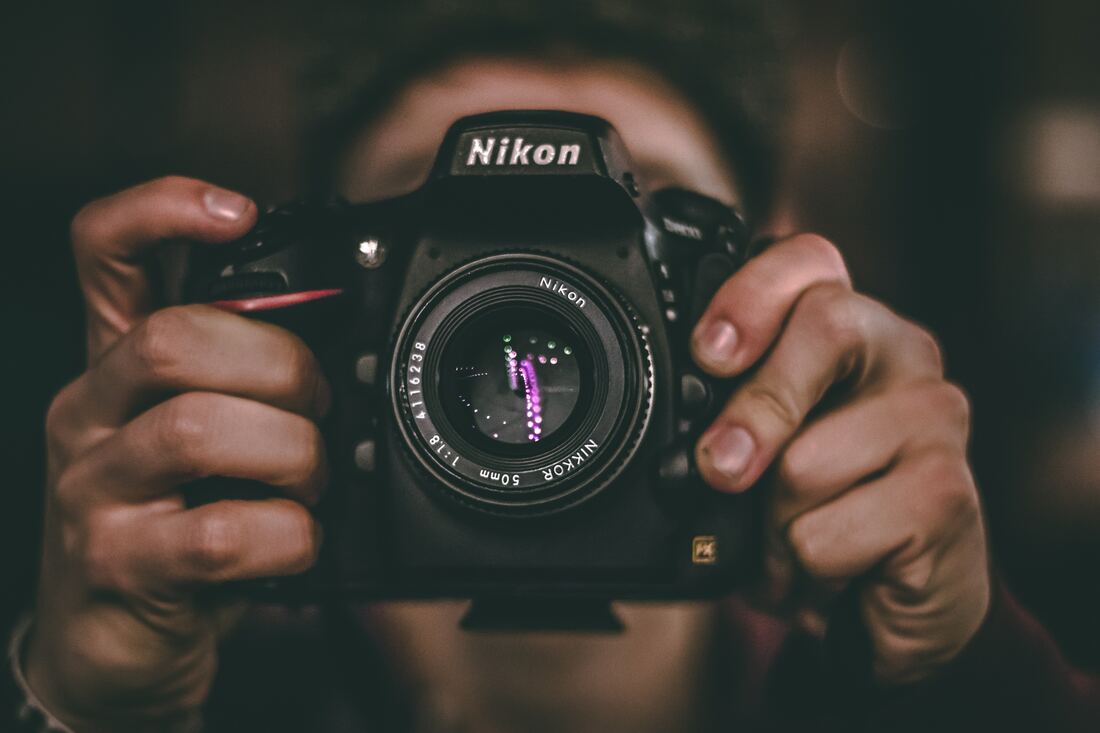|
An appreciation of human centered design in complex cameras When I first started taking up photography as a serious hobby, phones still had VGA cameras so buying a DSLR (or a mirrorless camera) and learning how to use one was essential. As with many amateur photographers, it took me the better part of a couple of years to master the basics of photography (i.e., getting shots that I wasn't embarrassed to show others). But this story is not about the art of photography, it is about the tools: my Nikon D5100 and D750. Going by my inflated self-pride, I shunned the use of any "Auto" modes on the camera and went the manual way. Interestingly, it probably took me only a trial or two to wrap my head around the essentials of using the tool. I knew which toggles to use for better exposures, what to do to get slower or faster shots, how to take light out or put it back in, the works. Now, that said, I did have to sit down and read the owner's manual for good - the camera barely has any discernible icons or labels, all the dials, buttons, and toggles marked by myriad graphics unbeknownst to a beginner in photography. Later, as a UX Researcher, I've come to feel that having to read an owner's manual is something that ought to be considered a design failure when it comes to product usability. Going Mobile A year or so ago, like most of my peers, I got a 'state of the art' smartphone that boasted a camera to beat all smartphone cameras. It had a fixed aperture lens (f1.8, I believe), yet had decent manual control - I could change the shutter speed, the ISO, white balance, focal distances, et al. on the decently intuitive camera app. It surely is one of those cameras that was designed to end the hassles of lugging around a DSLR for photography. Despite the portability of my smartphone, my DSLR still beat it ten counts to one in terms of number of pictures shot ever since. The reason, a bit unpredictably, is convenience and user-friendliness. Decoding DSLRs The way most modern DSLR and mirrorless cameras are designed is a great example of thorough application of research and human centered design. This really struck me when I started trying out more expensive full-frame cameras and realized they had more knobs, buttons, and toggles than my entry-level camera. For a beginner, the myriad buttons, knobs, and toggles would only be confounding: the more the murkier. However, this increased number of controls made the job easier in those cameras. The fact of the matter is: despite this obvious complexity, the layout, design, and setup of these cameras work precisely towards helping the photographer get the right shot at the right moment. And there is no way this would have come about without thorough understanding of the user's behavior, goals, contexts, use cases, needs, capabilities, and limitations. In short, a thorough application of human centered design. Human Centered Design Let's look at the typical scenario for shooting a picture using a DSLR. Once the hardware (camera and lens for beginners; filters, tripod, other accessories for more advanced users) is all setup and the creative aspect figured out, photography is mostly about getting the right settings (primarily: ISO, Shutter Speed, and Aperture). Irrespective of experience, the need to get the right settings always remains. So, usually, a photographer frames an image by looking through the viewfinder, adjusts the camera settings, focuses, and then clicks away. Talking all this into account, camera manufacturers seem to have managed to step well into the shoes of photographers. The rectangular form factor of cameras, that has persisted for ages, allows for them to be held near the eyes with both hands near the edges. Here, all the relevant controls are provided within the reach of the two hands and their natural location, epitomizing good ergonomic design. Anything ranging from the shutter button to the dials controlling aperture, shutter speed, and ISO to the zoom and focal rings all fall within reach. Furthermore, their layout and distinctive design enables photographers to never leave sight of their subjects through the viewfinder. This directs the photographer's vision, perception, cognition, and prediction onto the subject while their hands take care of the controls. Scalable Human Factors
This seemingly good application of Human Factors has only been bettered with the advent of interactive LCD screens that enable placing unnecessary controls and features within the GUI hierarchy while leaving necessary physical controls on the camera's body. This helps camera manufacturers design smaller, less advanced cameras without intimidating beginners. There are fewer physical controls to be hassled with, more menus in the GUI to play with at one's own leisure, with broader automation enabling easier photography while providing a solid platform to learn on. For the professionals, it's all about grabbing the camera and getting the job done, with more physical controls that enable quicker tweaking of the image settings while the eyes stay focused on the subject and the right shot. At the moment, photography seems to be breaking traditional boundaries what with action cameras, drone cameras, smartphones, and wearables becoming ubiquitous. Form factors, user interfaces, even work flows vary across the range of these - so do use cases and target user groups. As mentioned before, I've tried substituting my DSLR with my smartphone camera with no success. I've recently tried a DJI Osmo+, a 3 axis gimbal with a 4K camera and have already started seeing the inconveniences I have while using it to shoot images. Amidst this plethora of cameras, DSLRs (and the new wave of capable mirrorless cameras) endure, with their attention to contextual usability, user goal achievement, and better overall user experience. This is solid proof of the effectiveness of a user centered design process.
4 Comments
|
Archives
October 2017
Categories |


